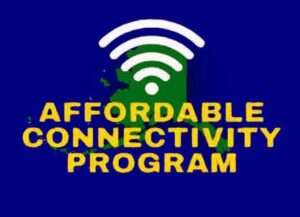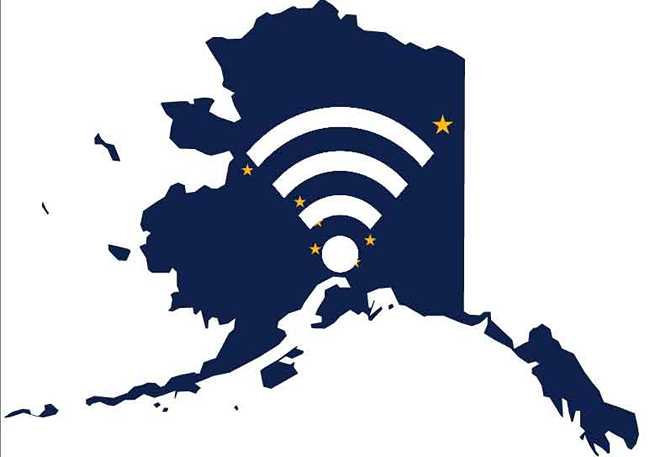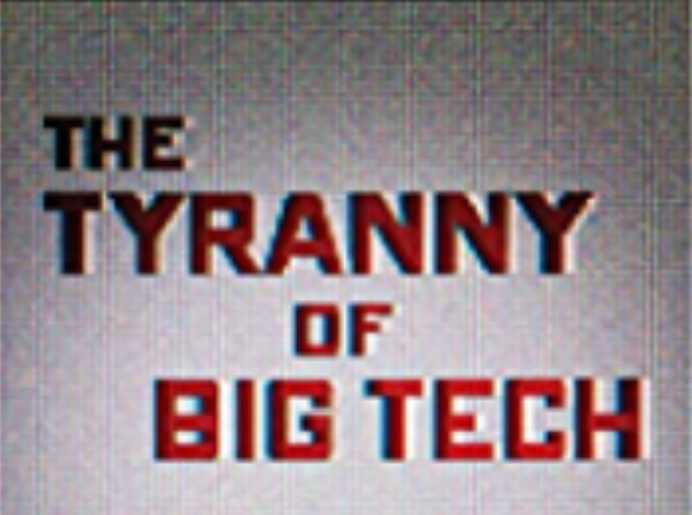
Alaska is a vast and beautiful state, but also one of the most isolated and underserved in terms of broadband access. According to the FCC, only 65% of Alaskans have access to broadband speeds of at least 25 Mbps, compared to 94% of Americans nationwide. This digital divide has serious consequences for Alaskans’ education, health, economy and quality of life.
Created by the federal government as a response to the COVID-19 public health emergency, the Affordable Connectivity Program (ACP) is a $14.2 billion expansion of the federal Emergency Broadband Benefit (EBB) program whose broadband benefits have touched more than 6 million households nationwide – including 20,000 households in Alaska in the past 17 months.
The ACP helps households that need internet access for work, school, healthcare, and other essential activities. The program is especially important for rural areas, where broadband access is often limited or expensive. Benefits include internet subscription vouchers which, when combined with the low-income offerings made available by many of the nation’s leading providers that participate in the program, can completely offset broadband subscription costs, making them free for qualifying low-income families.
But the ACP faces existential threat that could eliminate internet access for the over 18 million American households that rely on the program – its funding will run out sometime in 2024. The risk of losing the ACP in rural areas would be detrimental to the digital inclusion and economic development of these and those Alaskan communities on the losing side of the digital divide. Without affordable broadband, these households will have less opportunities for education, employment, telehealth, and civic engagement.
The ACP is a vital lifeline for rural Alaska that should not only be preserved, but expanded.
Jim Steele is a former CIO and Deputy CIO for the State of Alaska with over 30 years of experience in Information Technology leadership. He lives in Anchorage, AK.
[content id=”79272″]




